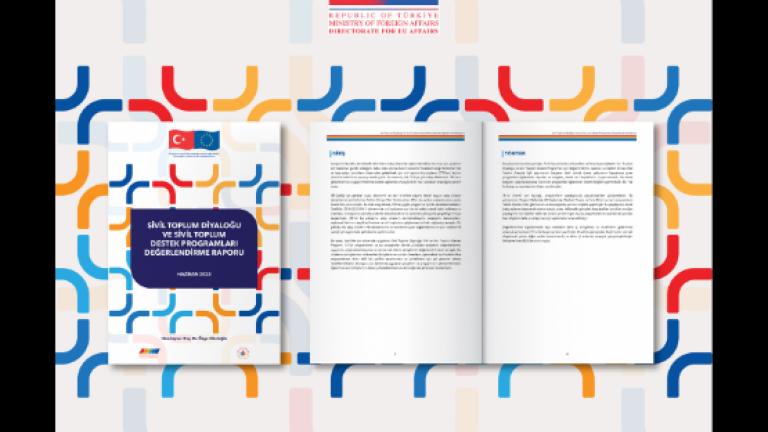The 2010 report of the Living Planet Report, published biennially by the Wildlife Conservation Foundation, has been published. According to the report data, nature gives a red alert. The Living Planet Index, one of the most important indicators in the report, reveals that biodiversity has decreased by 30 percent on a global scale in the last 40 years, with the measurement of 2,500 tours and 8 thousand populations.
Ecological Footprint, another important criterion in the report, shows that our natural resource demand has doubled in the last 40 years. This indicates that we need 1.5 planets in 2010 to sustain our life. The footprint of developed countries is equivalent to five times that of low-development countries. Carbon emissions account for more than half of the ecological footprint. Global climate change, brought about by ecological overshoot, is the result of the carbon footprint that has increased 11 times in the last 50 years.


STGM YouTube Channel
On the STGM YouTube Channel, you can find various tutorials, presentations and current discussions on civil society. Check out our channel now and subscribe.






